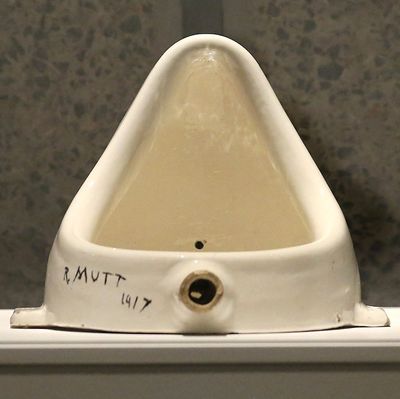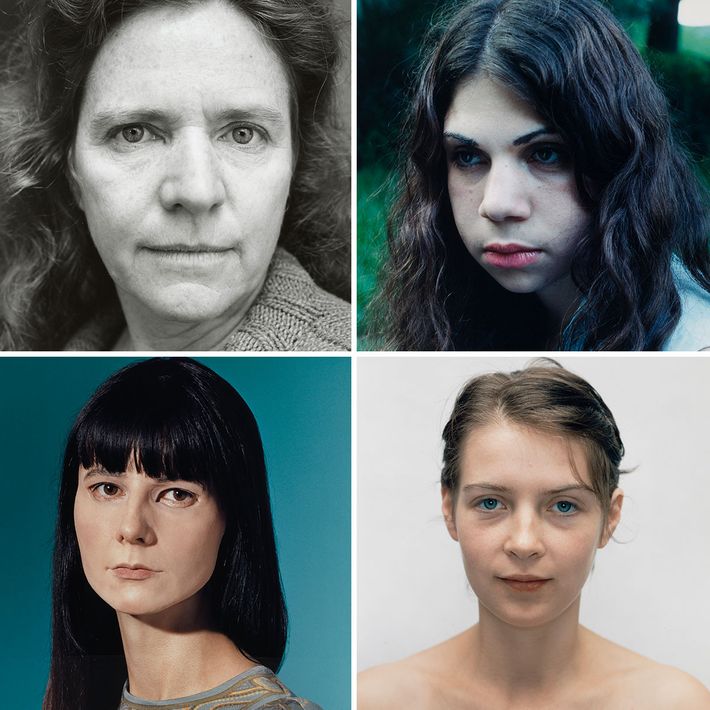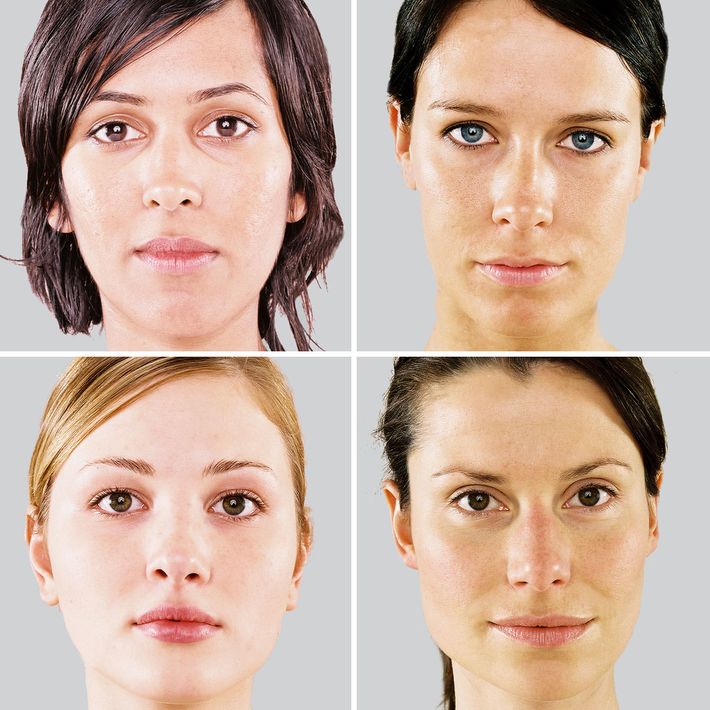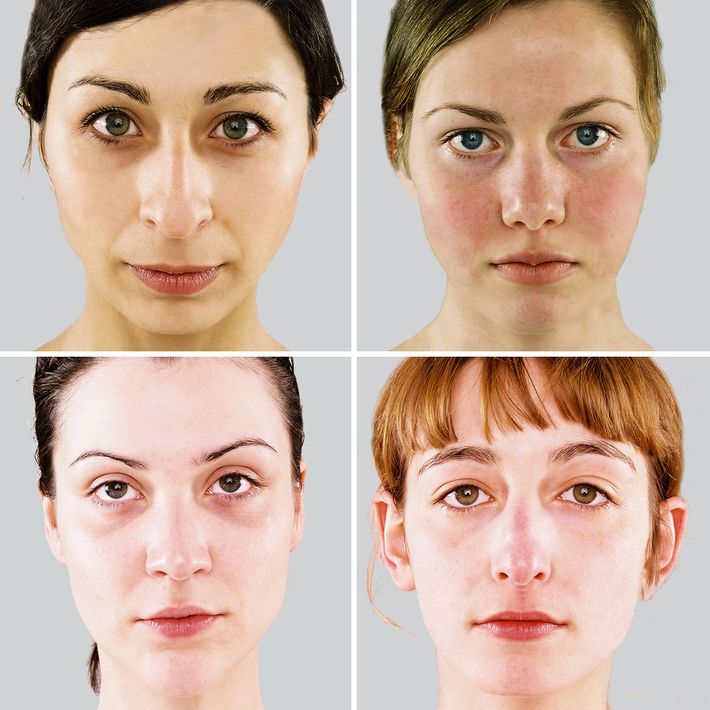
The world of modern art is often viewed as irrational and perplexing by outsiders and insiders alike. Last fall, for example, an Italian art museum displayed an unusual installation, consisting of strewn-about champagne bottles, cigarette butts, and confetti. The piece was meant to represent the excesses of the 1980s “age of plenty” in that country; it also, unfortunately, looked an awful lot like garbage. As such, cleaners at the gallery threw it all away, mistaking it for the leftover detritus of a party held at the museum the night before.
Meanwhile, a Jackson Pollock canvas containing seemingly random paint spatters sold for $200 million, putting it among the top-five most valuable paintings of all time, according to Wikipedia, a full $50 million more than Vincent van Gogh’s Portrait of Dr. Gachet sold for in 1990. Marcel Duchamp’s Fountain — an upside-down urinal — was broadly described as one of the most influential pieces of art of the past century, after topping a poll of 500 art experts in the run-up to the 2004 Turner Prize. The original urinal was destroyed long before it began to be so widely revered, but a replica was eventually commissioned and can be seen today at the Tate Modern in London.
What is it about a specific piece of art that makes it become seen as an esteemed creation, while something entirely similar can be viewed as nothing more than (quite literally) a vessel for disposing of human excrement? This was the brazen question that researchers at the Faculty of Economics and Business at the University of Leuven in Belgium recently tackled using the scientific method. They published their results in the journal Human Nature in October.
To test this experimentally, the researchers presented art experts and students with a series of bland, expressionless photos of womens’ faces, taken with a simple passport-style exposure and plain white backdrop. The art experts were volunteers recruited through a European art museum and tested using a quiz to select only those with the highest artistic knowledge. The images were shown to the volunteers among a series of similar decoy artworks taken from New York’s Museum of Modern Art (MoMA). The experts, as it turned out, were just as bad as the students at spotting the fakes and in fact were more likely to say that the genuine MoMA works were fake than they were to call out the fakes.

The researchers discreetly placed a “©MoMA” watermark at the bottom of some of the photographs and asked the volunteers to rate the quality of the various pieces of art. While the laypeople weren’t swayed by the watermark, the art experts were, preferring the fakes if they had the prestigious stamp. The finding suggests that art experts are particularly inclined to agree with what has previously been deemed prestigious, rather than evaluating work solely on its own merits.
The fake portraits were taken from an earlier study of facial attractiveness; this enabled the researchers to investigate what the art experts found attractive in the various different portraits. While the laypeople preferred the artworks involving more attractive faces, the art experts’ preferences were in the opposite direction — favoring the less attractive faces. According to the study’s lead author, Jan Verpooten, this may be because of a trend in the art world to actively deviate from our innate aesthetic preferences.

Perhaps art experts instinctively veer away from traditional ideas of beauty in order to distinguish themselves. In the words of artist Grayson Perry, “if you use that word [beauty] in the art world, be very careful, there will be a sucking of teeth and a mournful shaking of heads.” To Perry, this is because beauty is all about familiarity and reinforcing an idea we have already. To quote Duchamp himself, “aesthetic delectation is the danger to be avoided.”

It’s easy to understand the growing appeal of less traditional artwork when we live in a world where we are surrounded by digital imagery. Photographic technology has progressed to a point where a cheap point-and-shoot can take extremely high-quality photos, and artificial intelligence can now closely imitate the styles of esteemed artists. Google’s DeepMind neural network recently created art that raised $84,000 in a two-day exhibit for the Gray Area Foundation for the Arts. But this still doesn’t quite explain what exactly it is that makes something worth hundreds of thousands of dollars while very similar work is valued at sweet nothing. That’s probably a question that no scientific study will ever be able to answer definitively. MoMA declined to comment on the findings, describing them as “outside our purview.”




